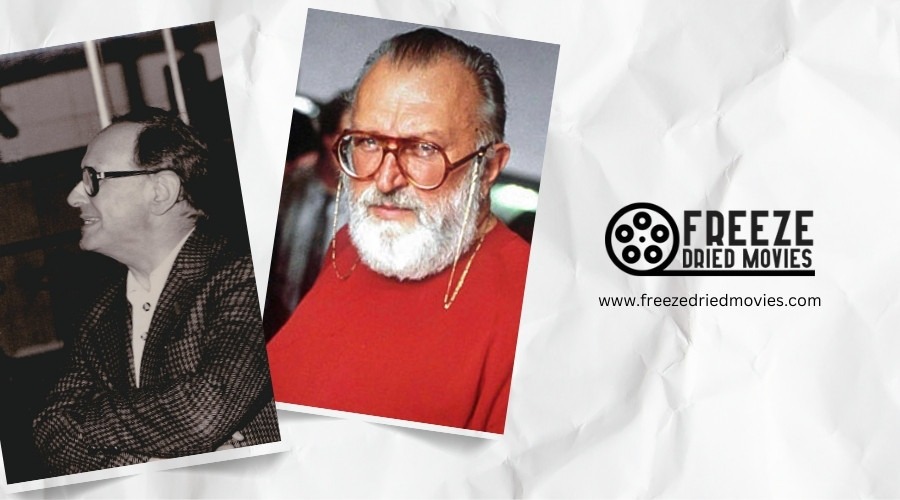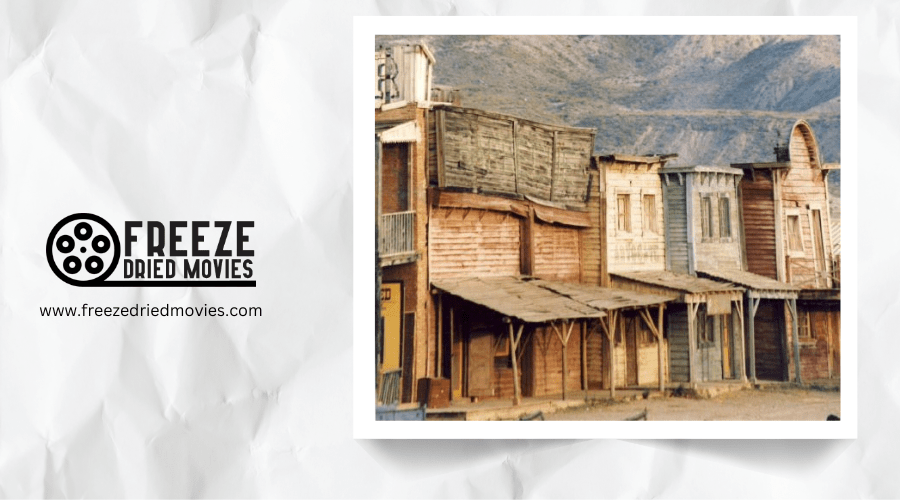How Iconic Spaghetti Western Films Shaped Modern Action Cinema

When you watch today's most celebrated action films, you're often seeing the ghost of Sergio Leone's revolutionary vision. His Spaghetti Westerns didn't just redefine a fading genre—they created a new visual language that modern filmmakers still speak fluently. From Tarantino's prolonged tension to contemporary action's moral ambiguity, these Italian-made frontier tales transformed how violence and anti-heroes appear on screen. The dusty trails of those distant frontier towns lead directly to your favorite modern thrillers.
The Birth of a Revolution: Sergio Leone's Cinematic Vision
While mainstream Hollywood westerns shaped the genre for decades, Sergio Leone's groundbreaking 1964 film "A Fistful of Dollars" sparked a cinematic revolution that would forever change action filmmaking. By filming in Spanish settings with an Italian crew, Leone created a fresh visual style characterized by extreme close-ups, sweeping landscapes, and minimalist sets.
The director's innovative storytelling techniques culminated in his acclaimed "Dollars Trilogy," featuring Clint Eastwood's morally ambiguous protagonist - a character archetype that redefined heroes in modern action cinema. Leone's partnership with composer Ennio Morricone produced iconic soundtracks that became inseparable from the spaghetti western experience.
Leone's films navigated around the restrictions of the Hays Code by portraying morally complex characters and stylized violence that would influence decades of filmmakers. Together, they crafted a unique cinematic language exploring themes of revenge, greed, and justice that continues to influence filmmakers worldwide.
Brutal Realism: How Spaghetti Westerns Transformed Genre Conventions
Unlike the polished, sanitized depictions of frontier life in traditional Westerns, Spaghetti Westerns delivered an unflinching portrayal of the American Wild West that revolutionized genre conventions.
You'll notice how directors like Sergio Leone captured the gritty realities of frontier violence through extreme close-ups and tight framing, creating a visceral experience that draws you directly into the conflict. These films presented a morally ambiguous take on the Civil War, replacing Hollywood's sentimentality with brutal realism.
Even seemingly minor realistic details—wooden spoons, worn plates—grounded these narratives in authenticity.
This grounded perspective on themes of justice and revenge didn't just transform Westerns; it fundamentally changed action cinema. By rejecting romantic idealization for harsh truth, filmmakers like Corbucci and Leone created a template for modern filmmaking that values complexity over simplicity.
The introduction of psychological character depth in these films mirrored the 1950s Western innovations that moved beyond simplistic hero archetypes toward more nuanced explorations of human nature.
Behind the Camera: Technical Innovations That Changed Filmmaking
The gritty realism of Spaghetti Westerns wasn't just a thematic choice—it emerged directly from revolutionary technical approaches behind the camera. Sergio Leone's mastery of camera control transformed action cinema, using extreme close-ups and long takes to build unbearable tension.
You'll notice how this visual style captured every bead of sweat and squint of an eye, creating an intimacy previously unseen in Civil War-era narratives. Carlo Simi's meticulously designed set pieces enhanced this realism, delivering authentic yet stylized environments that defined the genre's aesthetic.
The technical innovations extended beyond visuals. Ennio Morricone's operatic music scores provided the perfect counterpoint to Leone's deliberate pacing. Like Caleb Deschanel's approach to visual storytelling, these technical elements created a gritty, naturalistic vision that continues to influence filmmakers who want to exert precise control over their audiences' emotional responses.
From Dollars to Django: Key Films That Defined the Movement
When Sergio Leone's "A Fistful of Dollars" premiered in 1964, it didn't just launch a subgenre—it redefined Western filmmaking entirely. His innovative storytelling techniques—extreme close-ups, long takes, and tight framing—established a visual language that would become the spaghetti western signature.
Leone's Dollars Trilogy reached its pinnacle with "The Good, The Bad and The Ugly" (1966), while contemporaries like Sergio Corbucci expanded the genre's boundaries with "Django." During this golden age, Enzo G. Castellari's contributions, including "Keoma," further cemented the movement's artistic merit.
The genre's influence extends to modern filmmakers like Quentin Tarantino and Alejandro González Iñárritu, who've reimagined these traditions in their own work. Beyond the films themselves, Ennio Morricone's haunting scores and distinctive visual motifs continue to resonate throughout cinema today.

The Tarantino Effect: Spaghetti Western DNA in Contemporary Cinema
Conceivably no filmmaker has carried the torch of spaghetti western aesthetics into modern cinema more intentionally than Quentin Tarantino. His films "Django Unchained" and "The Hateful Eight" don't merely reference Sergio Leone's work—they reimagine the genre's gritty storytelling and distinctive visual aesthetics for today's audiences.
You'll notice how Tarantino embraces the morally ambiguous characters and stylized violence that defined the original movement, creating a bridge between classic and contemporary action cinema. He's not alone—Robert Rodriguez has similarly infused his filmmaking with spaghetti western sensibilities, from dramatic camera angles to operatic tension.
This influence extends beyond direct homage, fueling the rise of neo-westerns that blend traditional western elements with modern filmmaking techniques. Thanks to restoration efforts, these iconic films continue inspiring new generations of directors.
Beyond Gunfights: Thematic Elements That Transcended the Western Genre
While Tarantino and others revitalized the visual language of spaghetti westerns for modern audiences, these films contributed far more than just aesthetic innovations to cinema history.
You'll notice that Sergio Leone's greatest legacy may be his embrace of moral ambiguity and the anti-hero protagonist. These gritty, unconventional narratives replaced simplistic good-versus-evil tropes with complex explorations of revenge and frontier lawlessness.
The distinctive visual style—combining expansive landscapes with intimate close-up camerawork—creates tension that modern action cinema still emulates today. When paired with operatic musical scores, these techniques controlled the viewer's emotional experience in revolutionary ways.
The impact extends beyond westerns: today's action films regularly feature morally complex protagonists operating in ethically murky worlds, a direct inheritance from these Italian-made frontier tales.
The Global Impact: How Italian Westerns Influenced Action Films Worldwide
The widespread influence of spaghetti westerns extends far beyond American and European borders, reshaping action cinema across continents in profound ways. You'll notice Sergio Leone's distinctive visual language—extreme close-ups, pregnant pauses, and tense standoffs—echoed in countless modern action films worldwide.
Ennio Morricone's operatic scores revolutionized how music builds tension and defines character in cinema. The morally ambiguous anti-heroes of these Italian westerns paved the way for complex protagonists that dominate today's action narratives.
Contemporary visionaries like Quentin Tarantino and Alejandro González Iñárritu openly acknowledge their debt to the genre, incorporating its aesthetic sensibilities into their own distinctive works. Thanks to ongoing restoration efforts, spaghetti westerns continue to inspire new generations of filmmakers, ensuring their global impact on action cinema remains as powerful as ever.




